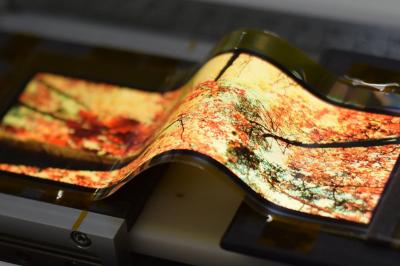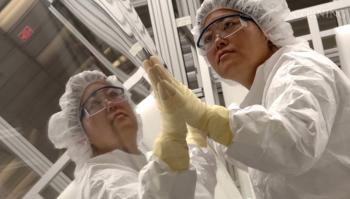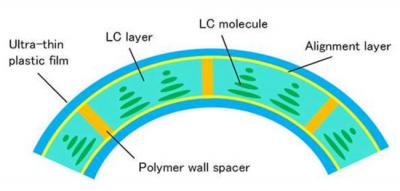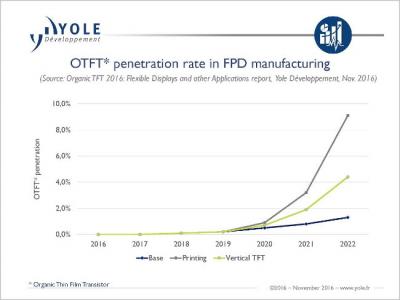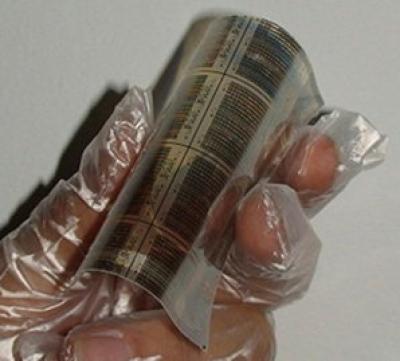OLED production in Korea could be halted by the end of July due to Japan's restriction of free exports
A few days ago we reported on Japan's government decision to restrict some material exports, including fluorinated polyimide, to South Korea, following a diplomatic tension between the two countries.

Polyimide is required for OLED production, and Japan controls about 90% of the world's production. According to a new report from Korea, Samsung and other companies have warned the Korean government that production in some plants could be halted as early as by the end of July if these materials are not available. It is not clear what is the situation of Samsung's (and LG's) OLED production.


